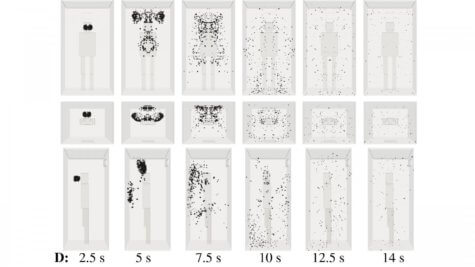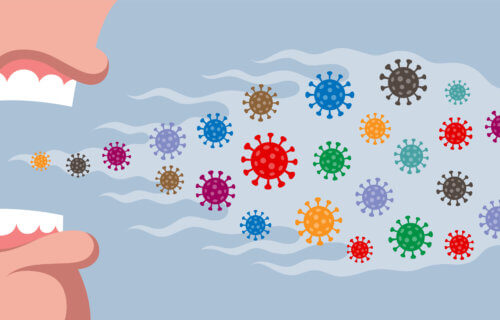WASHINGTON — Air purifiers are supposed to be an asset in the battle against COVID-19. Unfortunately, a new study suggests these devices may be doing more harm than good. Researchers at the University of Nicosia in Cyprus conclude that air purifiers may increase the spread of nearby viruses depending on their placement within confined spaces, like an elevator.
Any small space is going to see its air quality plummet considerably in the absence of proper ventilation. So, elevator manufacturers usually install air purifiers to fix the issue. That’s all well and good during normal times, but such systems aren’t designed to account for a global pandemic caused by an airborne virus.
While it’s true that most air purifiers use ultraviolet radiation to kill viruses or microbes that may pass through, these devices also constantly circulate air — taking in dirty air and exhausting clean air.
What happens if someone standing in an elevator coughs?
Prior research has shown that saliva droplets can travel an astonishing 18 feet in just five seconds after a cough. With those calculations in mind, researchers set out to simulate what would happen if an infected person coughed in an elevator with an air purifier.
“We quantified the effect of air circulation on airborne virus transmission and showed that installing an air purifier inside an elevator alters the air circulation significantly but does not eliminate airborne transmission,” says study author Dimitris Drikakis in a media release by the American Institute of Physics.

Moreover, study authors report that areas with low ventilation rates offer the best odds of avoiding airborne virus transmission.
“This is due to reduced flow mixing inside the elevator,” adds study co-author Talib Dbouk. “Regulatory authorities should thus define the minimum ventilation required depending on the type of building.”
This study did not focus on the mechanism inside air purifiers intended to kill viruses. Researchers focused solely on the effect of such devices on droplet spread.
“Our results show that installing an air purifier may increase the droplet spread,” Drikakis concludes. “The air intake integrated inside the purifier equipment induces flow circulation that can add to the transport of contaminated saliva droplets in the cabin.”
The more infected individuals standing in an elevator, the higher the infection risk. Researchers suggest limiting the amount of people allowed in elevators for the time being.
The study is published in Physics of Fluids.
